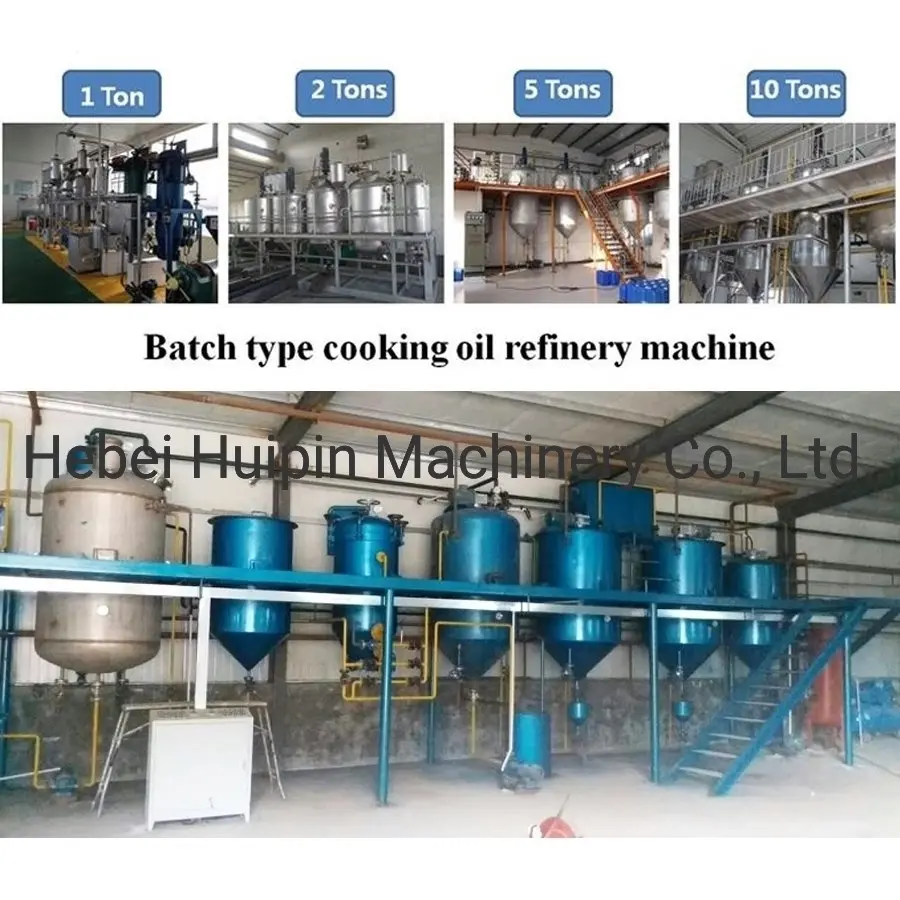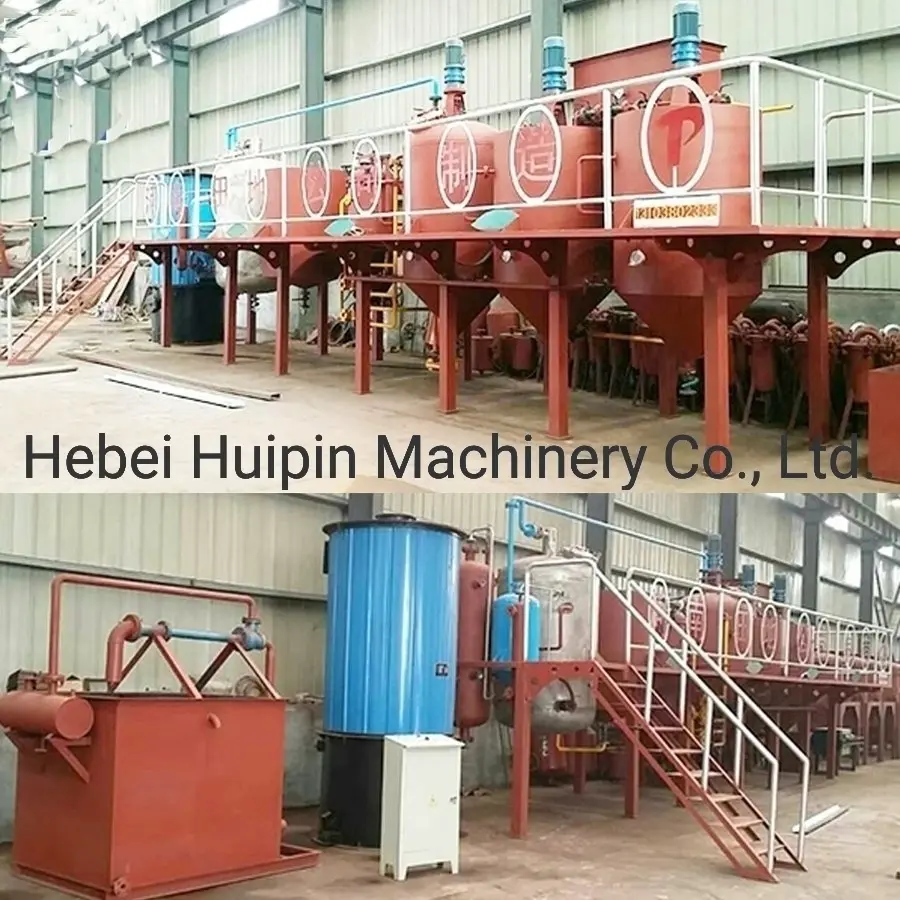Oct . 20, 2025 11:20 Back to list
Crude Cooking Oil Refining Unit | Efficient, Compact
Crude Cooking Oil Refining Unit — field notes, specs, and real-world lessons
I’ve walked enough refinery floors to recognize a solid build from the first hum of the vacuum pump. This unit, originating from Dingzhou City, Hebei Province, China, looks purpose-built for small to mid-scale edible oil producers chasing consistent color, taste, and shelf life without overcomplicating operations. Trends in the industry? Modular lines, cleaner chemistry, and smarter controls. To be honest, that’s exactly where this setup shines—practical automation with room to grow.

Process Flow (what actually happens on the floor)
The Crude Cooking Oil Refining Unit typically runs soy, sunflower, rapeseed/canola, groundnut/peanut, cottonseed, and palm (RBD line with pre-bleaching tweaks). Here’s the simplified but honest flow:
- Degumming: water/acid degumming to strip phospholipids; check P content against ISO 3596.
- Neutralization: caustic refining to reduce FFA (target ≤0.1% by ISO 660; AOCS Ca 5a-40 as a cross-check).
- Washing & Drying: gentle water wash, vacuum drying to ≈0.05% moisture.
- Bleaching: activated clay/bleaching earth to pull out color bodies and trace metals (PV checked via ISO 3960).
- Deodorization: steam stripping at high vacuum (≤3 mbar) to remove volatiles; taste neutrality is the tell.
- Optional Winterization/Fractionation: for waxy oils to meet clarity specs at 0–5°C.
- Final Filtration & Polishing: plate or membrane options depending on spec.
Materials: SS304 contact surfaces by default, SS316L available; food-grade gaskets; sanitary pumps; ASME-like weld hygiene (vendor-specific, worth a site check). Service life is typically ≈10–15 years with routine seal and pump maintenance—real-world use may vary with feedstock quality and shift patterns.

Core Specifications (typical configurations)
| Capacity | 1–30 TPD (modular to 100+ TPD) |
| Power Consumption | ≈35–80 kWh/ton (depends on vacuum, heat recovery) |
| Heating | Thermal oil or steam; plate/spiral heat exchangers |
| Vacuum System | Steam ejector or water-ring pump, ≤3–5 mbar at deodorizer |
| Automation | PLC + HMI; data logging optional; CIP ports available |
| Certifications | ISO 9001 factory; CE marking; HACCP-ready layouts |
Vendor Landscape (quick, practical comparison)
| Vendor Type | Strengths | Watch-outs |
|---|---|---|
| Hebei OEM (Dingzhou origin) | Cost-effective; fast spares; customization friendly | Documentation depth varies; specify standards in PO |
| European brand integrator | Advanced controls; strong validation packages | Higher CAPEX; longer lead times |
| Local fabricator | On-site agility; quick tweaks | Process guarantees limited; training varies |
Applications, testing, and results
Use it in SME oil mills, contract bottlers, and regional brands upgrading from batch kettles. Many customers say the learning curve is manageable; I guess that’s because the HMI is not overdesigned. Typical lab deltas I’ve seen:
- FFA: 1.5–3.0% down to ≤0.1% (ISO 660)
- Peroxide Value: 8–12 meq O2/kg down to ≤2 (ISO 3960)
- Color (Lovibond R/Y): from 3.0/30 to ≈1.0/10
- Odor: neutral after deodorization (sensory per AOCS Cd 14-95 style panels)

Customization and service
The Crude Cooking Oil Refining Unit can be tailored with energy recovery (bleach/deo heat exchange), clay dosing skids, and winterization modules. Utilities mapping (steam, power, cooling water) is clarified in the P&ID; ask for FAT/SAT protocols, spare parts lists, and operator training. Service intervals: pumps/seals 4–6k hours, vacuum system checks quarterly, CIP every campaign.
Two quick case notes
- Southeast Asia, 10 TPD sunflower: color complaints dropped 70% and shelf-life extended by ≈3 months after adding better dewaxing and a tighter vacuum seal.
- East Africa, 5 TPD groundnut: operators preferred batch-neutralization initially; later moved to semi-continuous with a 12% kWh/ton reduction via heat recovery. Surprisingly smooth transition.
Compliance checklist
Aligns with Codex Alimentarius for edible fats and oils quality targets; factory can supply ISO 9001 certificate, CE declaration, and materials traceability. Testing methods typically reference AOCS and ISO standards; always lock these into the QA plan.
References
- AOCS Official Methods and Recommended Practices (latest ed.).
- ISO 660 (Acid value/FFA), ISO 3960 (Peroxide value), ISO 3596 (Phosphorus content), ISO 6885 (Anisidine value).
- Codex Alimentarius: Standard for Named Vegetable Oils (CODEX-STAN 210).
-
Mustard Oil Extraction Machine: A Complete Guide to Industry, Technology & Future Trends
NewsNov.20,2025
-
Groundnut Oil Extraction Machine | Efficient Peanut Oil Press Solutions
NewsNov.20,2025
-
Manual Oil Press Machine: Sustainable Oil Extraction for Global Communities | Buy & Learn More
NewsNov.19,2025
-
Efficient Peanut Oil Machine Solutions for Sustainable Oil Extraction
NewsNov.19,2025
-
Essential Oil Extraction Machine: Unlocking Quality & Sustainability in Oil Production
NewsNov.18,2025
-
Latest Oil Expeller – Efficient & Sustainable Oil Extraction Machines
NewsNov.18,2025
